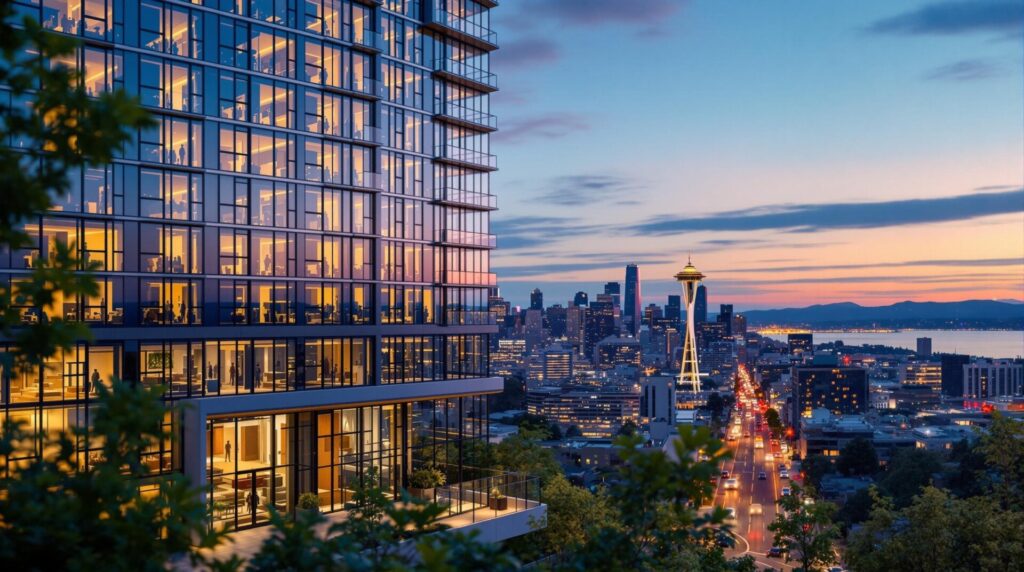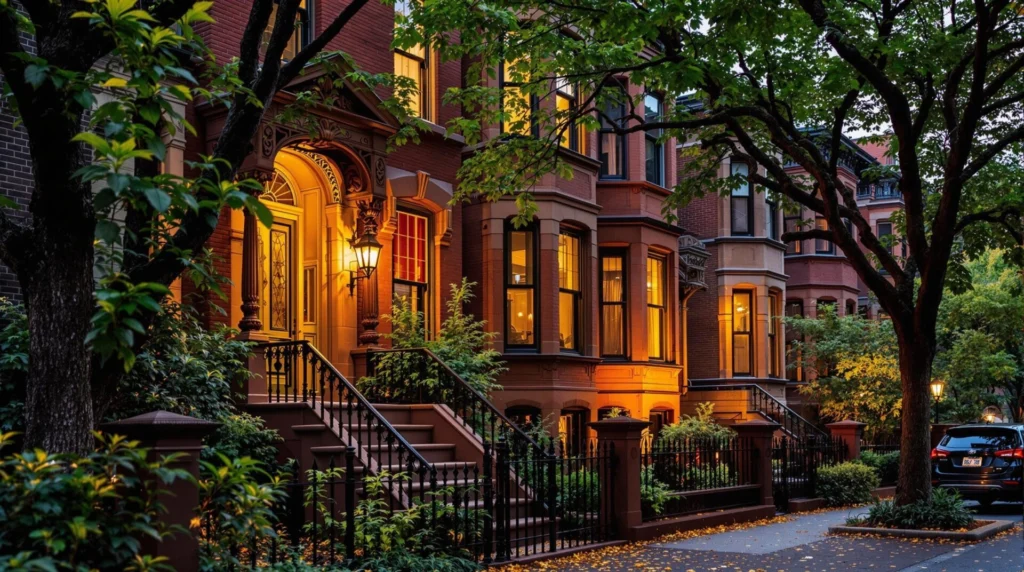Key Takeaways
- A $425M Seattle multifamily deal reflects strong investor confidence despite high interest rates.
- The portfolio includes over 1,200 units with high occupancy and consistent rent growth.
- Creative financing highlights a growing trend in adapting capital structures to challenging market conditions.

Seattle, WA – In a market-shaking transaction that has tongues wagging across the real estate world, a massive multifamily portfolio in Seattle has sold for a jaw-dropping $425 million.
The deal, which stands as one of the most significant West Coast acquisitions of the year, signals a powerful resurgence of confidence among investors in the region’s high-potential multifamily market.
This landmark trade involves more than 1,200 units scattered across some of Seattle’s most coveted neighborhoods—Capitol Hill, Ballard, and South Lake Union—each known for their red-hot rental demand and enviable proximity to tech hubs.
The winning bidder, a powerhouse institutional investor, went head-to-head with multiple well-funded rivals, reflecting a renewed eagerness to secure quality assets in this fiercely competitive, supply-starved environment.
Investors Bet Big on Seattle’s Multifamily Revival
Amid rising interest rates and tightening financing conditions, this bold move flies in the face of market pessimism.
Smart investors are betting on Seattle’s resilience, enticed by its reputation as a magnet for tech talent, a hotbed of innovation, and a city where the rental market’s fundamentals remain rock solid.
By staking its claim now, the buyer appears poised to capitalize on an upswing.
Economic forecasts indicate that Seattle’s rental market is at an inflection point, with vacancy rates stabilizing and rents showing steady upward momentum.
This acquisition is more than a business deal; it’s a statement of faith in the city’s long-term growth trajectory.
Details That Make This Deal a Game-Changer
The portfolio’s properties—primarily Class B and Class A multifamily buildings—are operating at an enviable 94% occupancy rate, a testament to their desirability.
Constructed in the late 2000s and positioned in vibrant, high-demand areas, these assets are primed for future rent growth, further enhancing their appeal.
Year-over-year, rents have ticked up by approximately 3.2%, suggesting a stable income stream with room for appreciation.
Crucially, the financing structure for this deal illustrates how today’s market players are adapting to challenges.
A mix of private equity and senior debt allowed the buyer to sidestep tighter lending conditions, paving the way for a deal of this magnitude.
Such creativity in the capital stack may set the tone for future large-scale transactions on the West Coast.
Assessment
This stunning $425 million deal isn’t just another real estate story—it’s a resounding declaration that the West Coast multifamily market is far from over.
As Seattle’s economic engine hums steadily, investors who recognize this moment of opportunity stand to secure a foothold in one of the nation’s most promising urban markets.
With careful planning and calculated risks, the rewards could be immense.
For real estate professionals, it’s time to sit up, take notice, and prepare to act—before the next big deal sets a new benchmark.
Related Content:
- Real Estate Markets on High Alert as States Mobilize to Counter Trump Administration Threats
- Co-Living: Housing Revolution Sweeping Across U.S. (Win/Win or Rental Gotcha?)
- Shocking Decline of Starter Homes (Increasing Crisis for First-Time Buyers)
- Housing Market Faces Unprecedented Inventory Surge as Sellers Panic





















